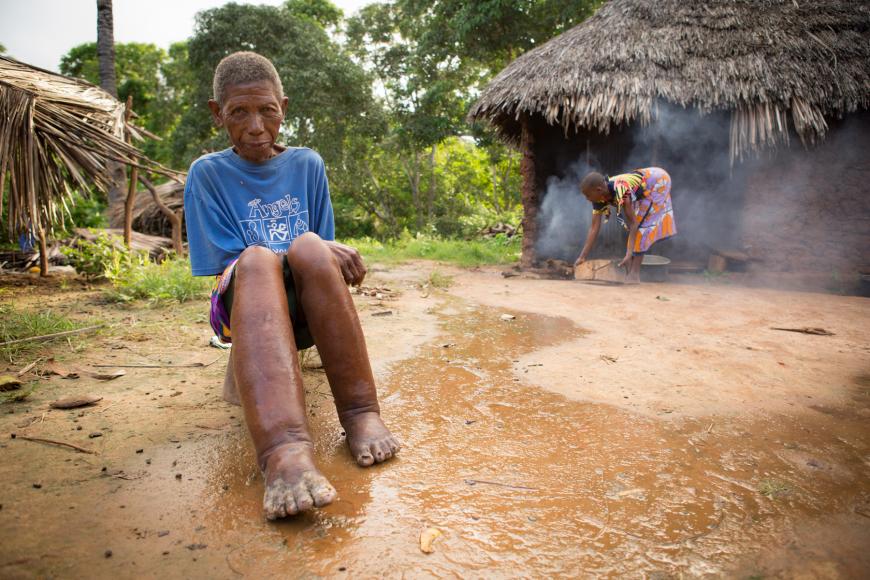Kenya
Donor
Impact
Kenya

NTDs
Kenya:
- Hookworm
- Trichuriasis (whipworm)
- Ascariasis (roundworm)
- Lymphatic Filariasis
- Schistosomiasis
- Trachoma
Kenyans are at risk for LYMPHATIC FILARIASIS
children are at risk for INTESTINAL WORMS
Nearly half of Kenya’s population lives on less than $1 a day and is at risk for one or more neglected tropical diseases (NTDs). NTDs such as lymphatic filariasis (also known as elephantiasis), schistosomiasis, and intestinal worms keep children out of school and adults from working — trapping families in a cycle of poverty.
Neema and her sister Fatuma live in Burangi, a remote village in Kenya surrounded by water where NTDs are endemic. Just five years old, Neema has already been sick for several years. As Fatuma, her sister, grows taller and stronger, her little sister has grown weaker. The girls’ grandmother, Khasirimi, was once a great farmer, providing her extended family with vegetables and fruit — until lymphatic filariasis swelled her legs and made it painful to walk and difficult to tend to her farm.
Transmitted by infected mosquitos, lymphatic filariasis can live inside a person for years before symptoms show. An annual dose of medication can prevent infection but once the extremities start to swell, it cannot be cured. Because Khasirimi's disease has progressed, the swelling can only be managed — not reversed.
Kenya
Your donation's
impact
Kenya's Ministry of Health works with partners on NTD control programs across much of the country. But the effort has not adequately expanded to cover the Coast Province, where Neema and Fatuma live.
With support from END7 donors, Kenya's National Program to Eliminate Lymphatic Filariasis (NPELF) delivered pills to treat lymphatic filariasis, intestinal worms, and schistosomiasis to the Malindi district in Coast Province during the summer of 2013. Neema, her family and their community members received medication and have a greater chance to prevent infection from NTDs.
Partners
Kenya’s NPELF, together with MAP International, carried out the mass drug administration (MDA), through support from the World Health Organization (WHO).
The
work continues
Kenya was among the first countries in sub-Saharan Africa to officially launch a multi-year national plan to combat the seven most common NTDs. Recently, Kenya identified and mapped areas that need NTD treatment, but Kenya requires additional funds to ensure that NTD medicine is distributed. If annual distribution continues and everyone receives the necessary medication, Kenya can eliminate NTDs like lymphatic filariasis.
See the difference END7 has made in:
Cote d'Ivoire | Guyana | Honduras | India | Indonesia | Myanmar | Nigeria-Bauchi | Nigeria-Kebbi | Peru | Sierra Leone | Timor Leste | Vietnam
Photos by Mo Scarpelli
Key Interventions
in Kenya

Mass Drug Administration
to treat entire communities

Transportation
of donated medicine










